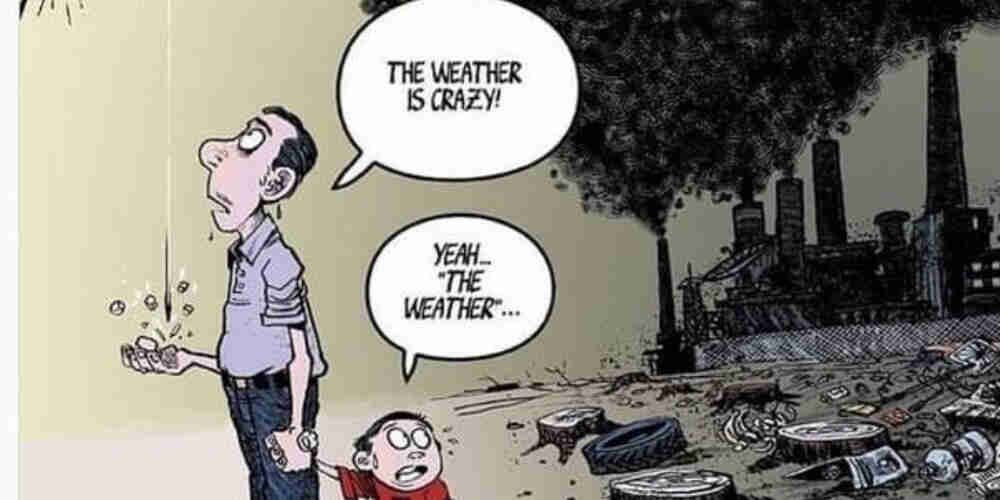


Realist. Doomer. Planet first perspective.
Born at 2.8 B world pop.
Bernie Democrat, politically.
Known to use curse words.
Known to post unpopular opinions.
No one can do everything, but every one can do something.
m.i.s.o.t.p.m.a.
#ClimateCrisis
#Overpopulation
#EcologicalOvershoot
#HomoColossus
#BiodiversityLoss
#Antifascism
#CaptivityIsCruelty
#Blackfish
#TheCove
#EmptyTheCages
#EmptyTheTanks
This profile is from a federated server and may be incomplete. For a complete list of posts, browse on the original instance.